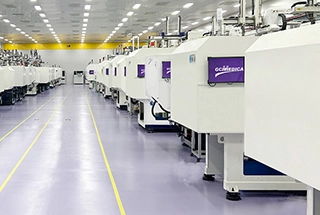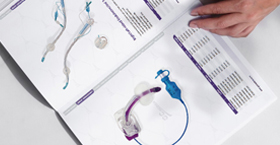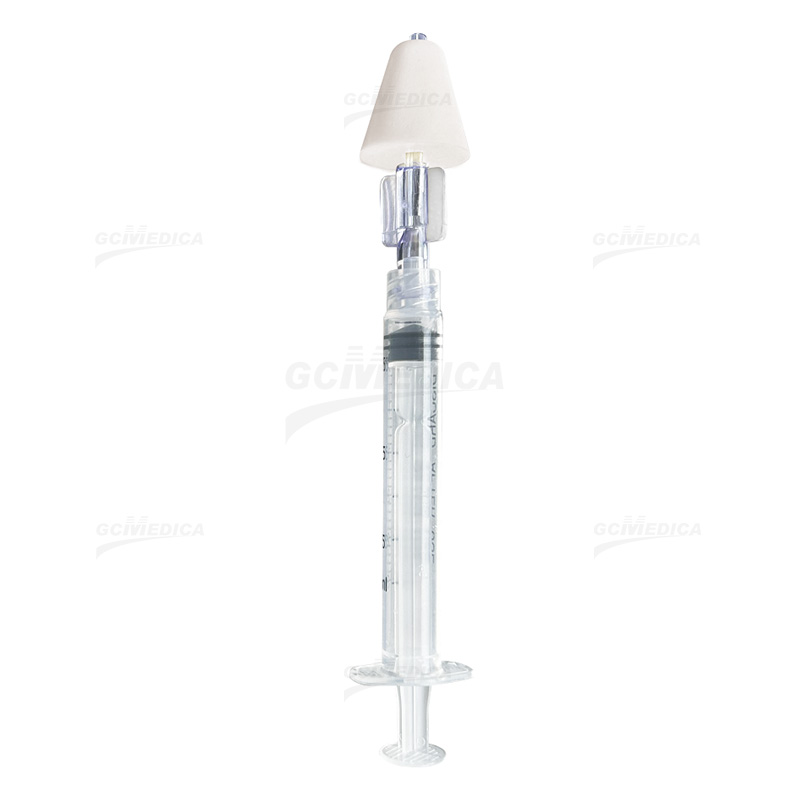In modern clinical practice, achieving effective topical delivery of medications to the nasal mucosa is critical for a variety of diagnostic and therapeutic procedures, including nasal endoscopy, pre-operative decongestion, and management of epistaxis. A disposable intranasal atomization device offers a simple, cost-effective means to produce a fine, uniform spray of topical agents—such as local anesthetics, vasoconstrictors, or saline—directly onto the nasal turbinates and septum. By generating microparticles in the 20–50 µm range, the device ensures maximal mucosal coverage while minimizing drip and patient discomfort. Its single-use design eliminates cross-contamination risks, negates the need for sterilization, and streamlines workflow, making it ideal for high-turnover outpatient settings.
| Intranasal Mucosal Atomization Device > |
Before administration, verify that the atomizer tip, Luer-lock adapter, and flexible tubing are intact and free from obstructions. Draw the prescribed volume (typically 0.5–1 mL per nostril) into a sterile syringe, attach the syringe to the Luer-lock connector, and prime the device by depressing the plunger until a consistent mist emerges. Position the patient in a seated or semi-reclined posture with head slightly tilted backward to optimize access to the nasal vault. Gently insert the atomizer tip into the anterior nostril just past the nasal vestibule, aiming slightly medially and posteriorly toward the middle turbinate. Depress the plunger at a steady rate, delivering the medication in short bursts (0.1–0.2 mL per spray) to avoid excessive pooling. After spraying, allow the patient to remain still for 30–60 seconds to facilitate absorption and reduce runoff. Repeat in the contralateral nostril if bilateral treatment is indicated.
| Step | Action & Volume | Key Points |
|---|---|---|
| 1. Preparation | 0.5–1 mL medication in 5 mL syringe | Inspect tip, tubing; confirm no blockages. |
| 2. Assembly | Syringe → Luer-lock adapter → atomizer tip | Secure connections; prime until fine mist appears. |
| 3. Patient Positioning | Seated/semi-reclined; head tilted back ~10° | Improves spray trajectory; reduces drip. |
| 4. Intranasal Spray | Insert tip just past vestibule; 0.1 mL/spray | Short bursts; aim toward middle turbinate. |
| 5. Absorption Pause | Patient remains still for 30–60 seconds | Facilitates mucosal uptake; minimizes runoff. |
| 6. Monitoring & Disposal | Observe for discomfort or bleeding; discard device in biohazard bin | Single-use prevents cross-contamination. |
Throughout the procedure, monitor for adverse reactions—such as burning sensation, epistaxis, or signs of systemic absorption when using vasoconstrictors—and provide patient reassurance. Dispose of the entire unit immediately after use in accordance with local biohazard protocols. By adhering to the following structured workflow and maintaining consistent spray technique, clinicians can achieve reliable intranasal drug delivery with minimal patient discomfort and enhanced procedural efficiency.

 Français
Français Español
Español Products
Products
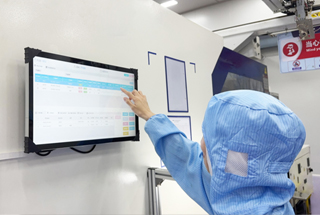
 About Us
About Us




